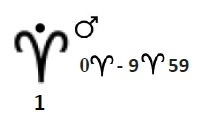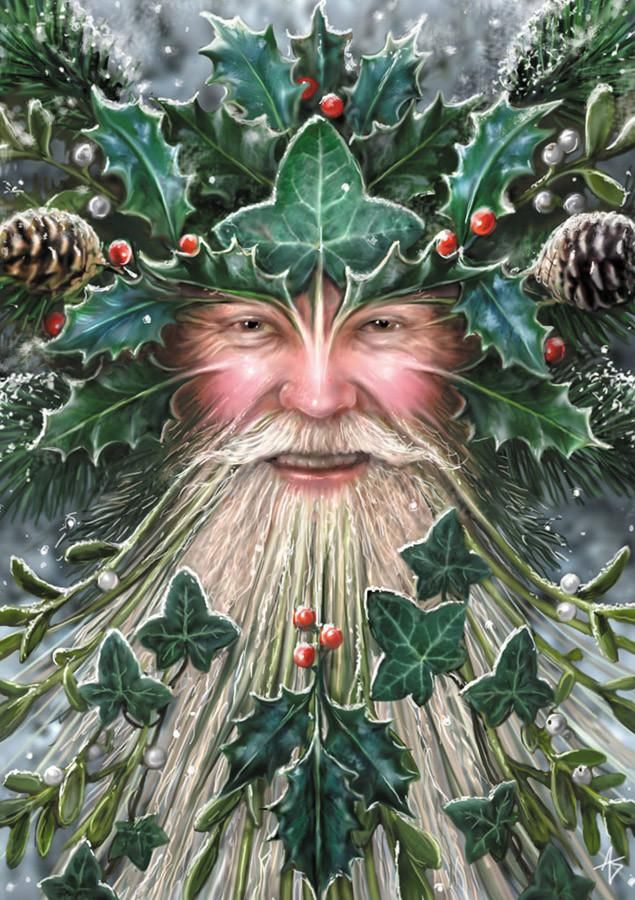ANAT

Anat is a complex goddess of strength, aggression, will, and love. She is the warrior maiden honoured as the protector of the Ugaritic people. Some of her common epithets include: Strength of Life, Anat the Destroyer, Mistress of Kingship, Mistress of Dominion, and Mistress of the High Heavens. She is sometimes referred to as “wanton” which is likely a reference to both her sexual lust and her bloodlust.
Anat is an active and central deity in Ugaritic mythology, and second only to her brother Ba’al in power. She is the daughter of El, the supreme god, and sister to Ba’al, the storm and rain god. Some consider her to be the consort of Ba’al, but the texts don’t really support this theory, especially given she is referred to as maiden or virgin (meaning unmated) in many other places.
Anat also has associations with water, being described as a goddess of dew with powers over the deep underground waters.
Most of what we know about Anat comes from the Ras Shamra tablets, which were discovered in northern Syria in 1958. These tablets are fragmented but do help to fill in much of the mythology of what is referred to as the Ba’al Cycle.
The tale begins when Ba’al challenges the tyrannical Yam (sea deity who had been appointed ruler of the gods). Ba’al succeeds and then throws a big victory feast. Anat attends the celebration –adorned in her finest, with hennaed hands, darkened eyes, and braided hair – and proceeds to kill all the enemies of Ba’al in attendance. She is described as tying their heads and hands to her belt, and wading knee deep in blood… fully enjoying the slaughter.
Another story tells of Anat’s desire for the bow and arrows of the young man, Aqhat. When he refuses to give them up – and insults the goddess by wondering what a woman would need with a bow anyway – Anat seeks vengeance, threatening her father with bodily harm if he does not allow it. She schemes to have a hawk (or vulture or eagle) knock the breath from Aqhat so that she might grab the bow and arrows. However, Aqhat is accidentally killed and the bow falls into the sea. Anat is furious about both losses as she doesn’t get the weapon and Aqhat’s death brings blight to the land.
In another story, Anat bullies her father (again) into giving Ba’al a house, which El does. However, Ba’al is killed by Mot (Death) who is angered about not being invited to this house. Anat buries and mourns her brother, then sets out to avenge his death. When she finds Mot, Anat cuts him down with a sword, winnows him with a sieve, burns him with fire, grinds him with millstones, and scatters the remnants to the birds. Through this act, Anat becomes the vanquisher of Death and Ba’al is able to live again. Presumably, this myth is meant to illustrate the powers of rebirth only the goddess possesses.
Anat’s worship survived into Egypt, where she was known as Anath, a goddess of war and fertility, as well as a protector, avenger, and bearer of life. Ramesses II made the goddess his personal guardian and expanded her temple and worship. In Cyprus, Anat was associated with Athena and described as “the strength of life”.
Anat features prominently in the mythologies as a physically strong goddess with violent tendencies. While she does seem to enjoy these bouts of violence, they appeared to be limited to protecting, defending, or avenging her brother. She is impulsive and selfish, even willing to threaten her father to get what she wants. However, she is also shown as fiercely loyal and protective, slaying death, and bringing back life.
Loving and fierce, selfish and loyal, source of death and life, the goddess is a reflection of the complexity that is Woman. Honour her.
